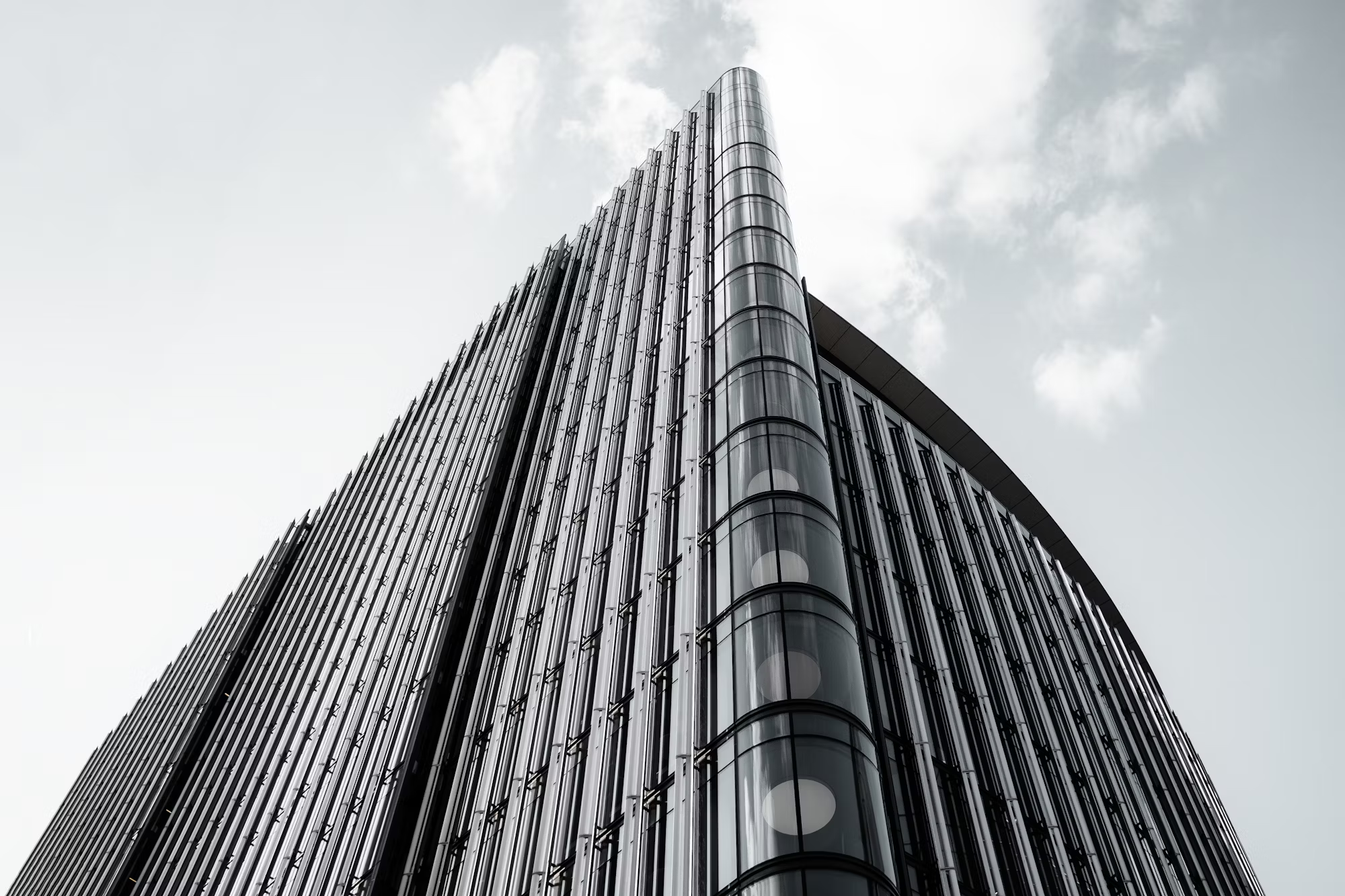As cities around the globe continue to expand vertically, skyscrapers have emerged as symbols of innovation and economic growth. These towering structures not only redefine skylines but also play a pivotal role in urban development, influencing local economies, real estate markets, and investment strategies. This article examines the innovative financing methods that enable skyscraper construction and the broader impact of these developments on urban landscapes.
In the context of urban growth, skyscrapers represent a crucial solution to housing shortages and commercial needs. As populations increase in urban areas, land becomes a precious commodity. Skyscrapers, by virtue of their height, maximize land use, allowing cities to accommodate more people and businesses in a limited space. This vertical expansion, however, requires substantial financial investment, making innovative financing strategies essential for developers.
One popular financing model for skyscraper projects is the public-private partnership (PPP). In this arrangement, private developers collaborate with public entities to share the risks and rewards of construction. This model has proven effective in numerous cities, allowing for the pooling of resources and expertise. For example, a city may provide land or infrastructure improvements in exchange for a share of future revenues generated by the skyscraper. This collaboration not only alleviates the financial burden on developers but also ensures that the project aligns with urban planning goals.
Another financing innovation is the use of real estate investment trusts (REITs). REITs allow individual investors to buy shares in a portfolio of income-generating real estate assets, including skyscrapers. This investment vehicle democratizes access to real estate, enabling smaller investors to participate in large-scale developments that would otherwise be beyond their reach. For developers, REITs provide a source of capital while allowing them to maintain operational control of their properties.
Crowdfunding has also emerged as a viable option for financing skyscraper projects. By leveraging online platforms, developers can raise small amounts of money from a large number of people. This approach not only generates funds but also creates a community of stakeholders invested in the project’s success. Crowdfunding can be particularly appealing for mixed-use developments, where potential residents and businesses can directly support the projects they wish to see in their neighborhoods.
Sustainability has become an essential consideration in skyscraper financing, leading to the rise of green bonds. These financial instruments are specifically earmarked for funding projects that have positive environmental impacts. Developers can issue green bonds to finance eco-friendly skyscrapers that incorporate energy-efficient technologies and sustainable materials. By attracting socially responsible investors, green bonds not only secure funding but also enhance a project’s marketability.
The architectural design of skyscrapers has also evolved to incorporate innovative financing models. Developers are increasingly using modular construction techniques, where sections of the building are prefabricated off-site and assembled on location. This method reduces construction time and costs, making projects more financially feasible. Additionally, modular construction can enhance sustainability by minimizing waste and improving energy efficiency.
The economic impact of skyscraper construction extends beyond their immediate footprint. These developments can stimulate local economies by creating jobs during the construction phase and generating ongoing employment opportunities once completed. Moreover, skyscrapers often attract businesses and residents to the surrounding areas, further boosting economic activity. As such, cities that invest in skyscraper development can expect long-term benefits in terms of job creation and increased tax revenues.
However, the financing of skyscrapers is not without challenges. The initial capital required for such projects can be substantial, and developers must navigate various regulatory hurdles and zoning laws. Furthermore, fluctuations in the real estate market can pose risks to project viability, making thorough market analysis and risk assessment essential components of the financing process.
Urban planning also plays a crucial role in the success of skyscraper projects. As cities seek to optimize land use, it is vital that skyscrapers are integrated into broader urban development strategies. This includes considerations of transportation, infrastructure, and public spaces. Successful projects often result from collaboration among developers, city planners, and community stakeholders to ensure that skyscrapers enhance the urban fabric rather than disrupt it.
In addition to their economic impact, skyscrapers also influence social dynamics within cities. Mixed-use skyscrapers that incorporate residential, commercial, and recreational spaces promote a sense of community and encourage social interaction. These developments can address the needs of diverse populations, providing housing options, job opportunities, and amenities all within a single location.
As cities continue to grapple with issues related to sustainability, affordability, and livability, the financial strategies employed in skyscraper development will remain at the forefront of urban planning discussions. The integration of innovative financing models, sustainable practices, and community engagement will be essential to creating skyscrapers that not only meet the demands of growing urban populations but also contribute positively to the environment and society.
In conclusion, the financing of skyscrapers involves a complex interplay of innovative strategies, urban planning considerations, and economic impacts. As these towering structures continue to shape our cities, understanding the financial mechanisms behind their construction will be crucial for stakeholders across the board. By embracing collaboration, sustainability, and community engagement, the future of skyscraper development can lead to vibrant, thriving urban environments that benefit all residents.



